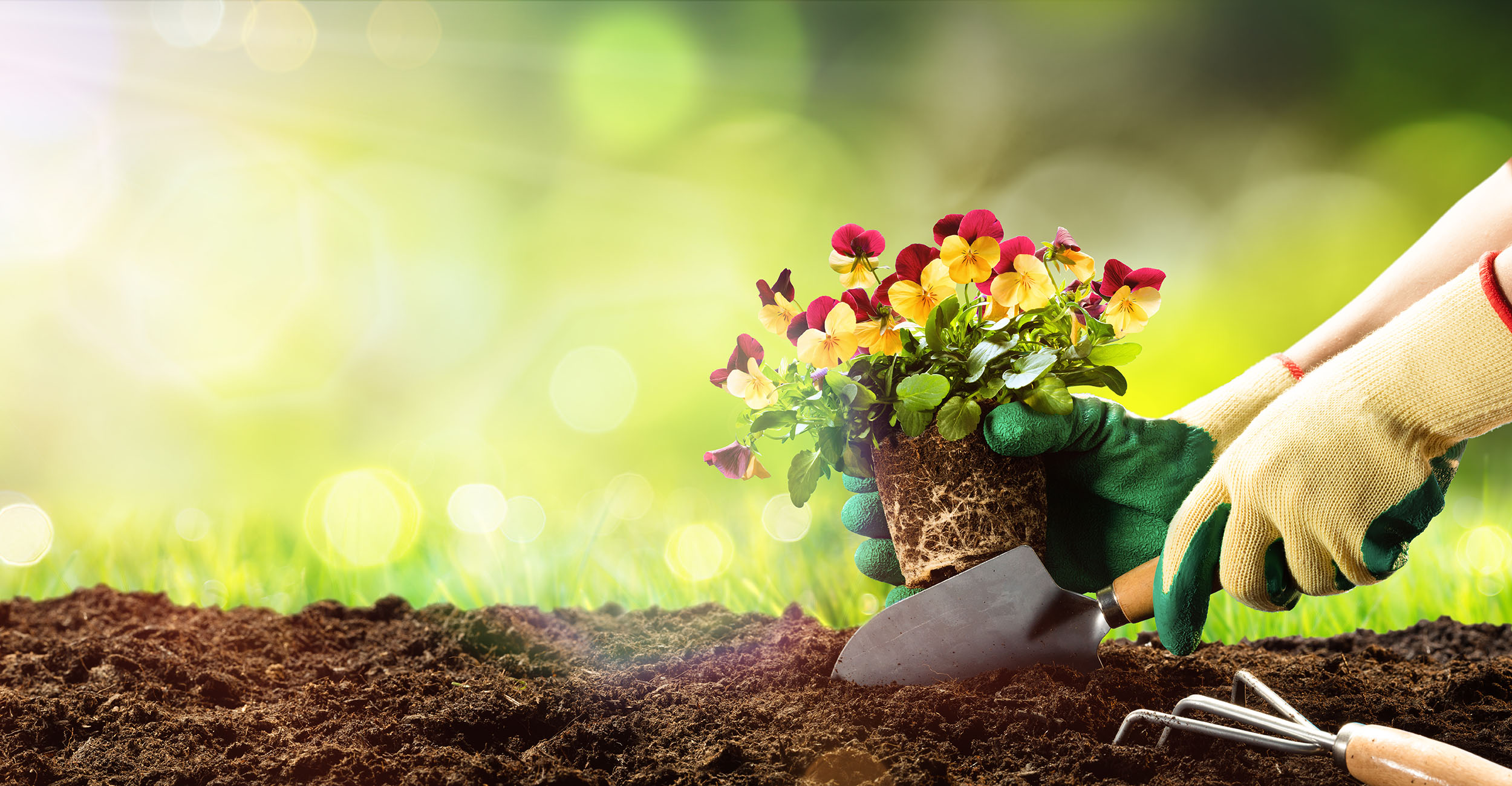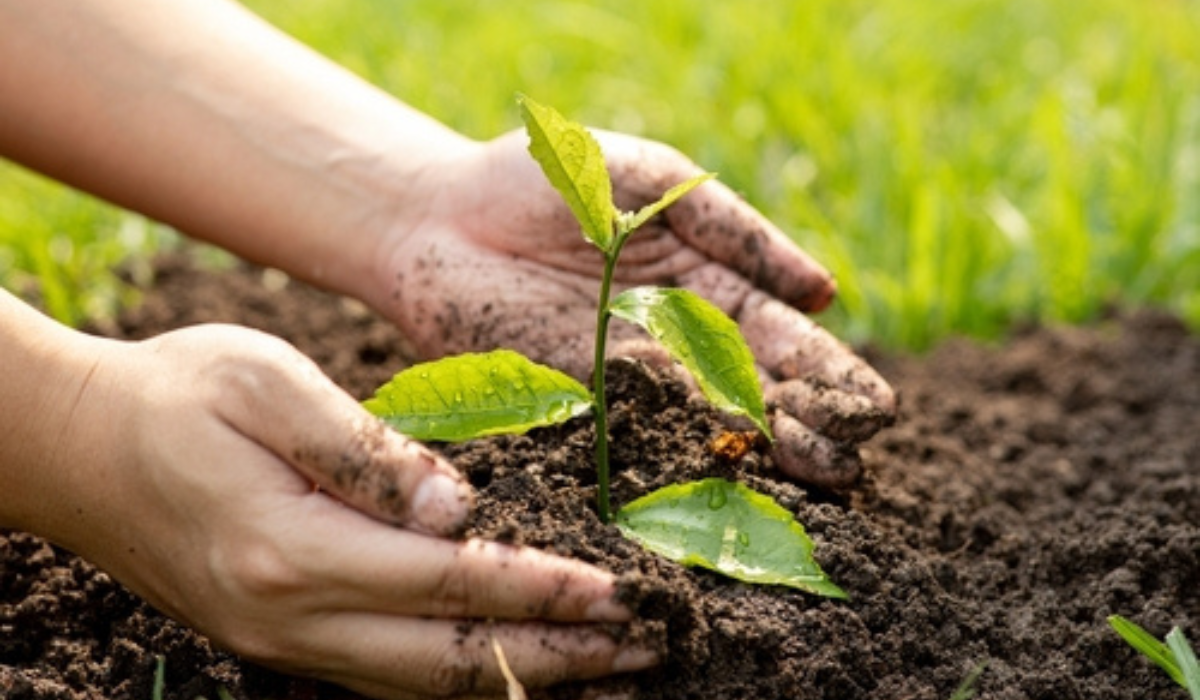Understanding the Fundamentals: Step-by-Step Newbie Gardening for Beginners
Wiki Article
From Seed to Harvest: a Beginner's Trip Into Horticulture
From Seed to Harvest: A Newbie's Trip Into Gardening provides a insightful and detailed guide for those new to the globe of gardening. This publication takes viewers via the entire procedure, starting from choosing the best seeds and preparing the soil, to nurturing the expanding plants and inevitably collecting and taking pleasure in the domestic produce.Choosing the Right Seeds
When starting the journey of gardening, selecting the ideal seeds is a critical step for novices to make certain successful cultivation. newbie gardening. The option of seeds can considerably impact the total end result of a garden, as various varieties have differing development practices, condition resistance, and versatility to particular climatesTo begin, it is very important to consider the details goals and choices of the gardener. Are you curious about expanding veggies, blossoms, or herbs? Do you have a specific shade or flavor in mind? Understanding these aspects will certainly help limit the choices and make the option procedure simpler.
Moreover, it is necessary to research study and pick seeds that appropriate for the local climate and growing conditions. Some plants grow in full sunlight, while others choose shade or a specific kind of dirt. By selecting seeds that are naturally adapted to the atmosphere, novices can save themselves from possible frustration and disappointment.

Preparing the Dirt for Growing
After choosing the best seeds for your garden, the next essential step in the newbie's trip right into gardening is preparing the soil for planting. Correct dirt preparation is necessary for giving a healthy and balanced and abundant setting for your plants to prosper and expand.The very first step in preparing the soil is to get rid of any kind of weeds, rocks, or debris that might impede the growth of your plants. This can be done by hand or with the assistance of gardening tools such as a yard or a trowel fork. As soon as the area is clear, it is very important to loosen the soil by tilling or turning it over. This not only aids to damage up any type of compressed dirt but likewise boosts oygenation and water drainage.
Adding organic matter to the dirt is another essential action in dirt prep work. Organic matter, such as compost or well-rotted manure, improves the soil with vital nutrients and improves its framework. It likewise assists to retain wetness, which is important for plant development. Spread a layer of raw material over the tilled soil and blend it in thoroughly.
Lastly, it is necessary to evaluate the pH degree of the dirt (newbie gardening). A lot of plants like a somewhat acidic to neutral pH array. If the soil is as well acidic or alkaline, amendments can be included in readjust the pH level as necessary.
Sowing and Caring for Seed Startings
To ensure the effective growth of your plants, correct sowing and mindful nurturing of plants is important, building upon the dirt prep work talked about in the previous subtopic. Sowing seed startings is a critical action in the gardening procedure, as it sets the foundation for solid and healthy plants.
In addition to light, plants require regular dampness to flourish. Water the seed startings www.newbiegardening.com/ consistently, keeping the dirt uniformly moist but not saturated. Overwatering can lead to root rot, while underwatering can create the plants to die and wither.
To additionally support the growth of plants, supply them with a gentle wind. This can be achieved by utilizing a small follower on a low setup. The wind aids reinforce the stems of the seed startings, making them extra durable to wind and other environmental factors.
Nurturing Your Growing Plants
- As soon as your seedlings have germinated and started to expand, it is important to supply appropriate care and interest to nurture their ongoing growth. This consists of supplying ample water, sunlight, and nutrients, in addition to safeguarding them from pests and illness.
2. Sprinkling your expanding plants is essential to their survival. Maintain the soil moist, however prevent overwatering, as it can result in root rot. Water your plants frequently, specifically during hot and dry periods, and make sure to water them at the base to prevent moistening the foliage, which can invite fungal illness.
Sunshine is an additional important element for the healthy development of your plants. Make certain that your plants are positioned in an area that obtains adequate sunshine, and if you're growing them inside your home, take into consideration utilizing grow lights to supplement all-natural light.
4. Providing your plants with the appropriate nutrients is vital for their development. Use a well balanced fertilizer or compost to enhance the dirt, and follow the recommended application prices. In addition, take into consideration utilizing natural plant foods that are mild on plants and the atmosphere.
- Protecting your plants from bugs and conditions is vital to guarantee their health. Frequently evaluate your plants for indications of invasion or illness, and take ideal procedures such as using organic bug control approaches or getting rid of contaminated plants to avoid the spread.
Harvesting and Appreciating Your Homegrown Create
When your plants have actually reached maturation, it's time to gain the rewards of your gardening initiatives by collecting and appreciating the fruits (or vegetables) of your labor. Prior to you start harvesting, it's essential to establish the optimal time for each plant.Utilize a sharp pair of garden shears or scissors to cut the fruits or veggies from the plant. Be conscious not to pull or pull, as this can hurt the plant and lower future yield.
When you have harvested your homemade produce, it's time to take pleasure in the fruits of your labor. Take a minute to value the difficult work and dedication that went right into your yard and pleasure in the tastes of your homemade harvest.
Final Thought
:max_bytes(150000):strip_icc()/close-up-of-a-women-watering-vegetables-in-a-raised-bed-1407277094-c63fd1ff0a21406ebf17c51ac6c6f2d1.jpg)
Some plants flourish in full sun, while others choose color or a certain kind of soil.The very first action in preparing the dirt is to remove any weeds, rocks, or debris that might prevent the growth of your plants.To make sure the successful development of your plants, correct sowing and cautious nurturing of seedlings is necessary, developing upon the dirt prep work discussed in the previous subtopic. Frequently evaluate your plants for indicators of invasion or condition, and take appropriate procedures such as making use of natural pest control techniques or eliminating infected plants to avoid the spread.
In final thought, this beginner's journey into gardening highlights the importance of choosing the right seeds, preparing the dirt, sowing and caring for seedlings, nurturing expanding plants, and lastly, collecting and enjoying the domestic produce.
Report this wiki page